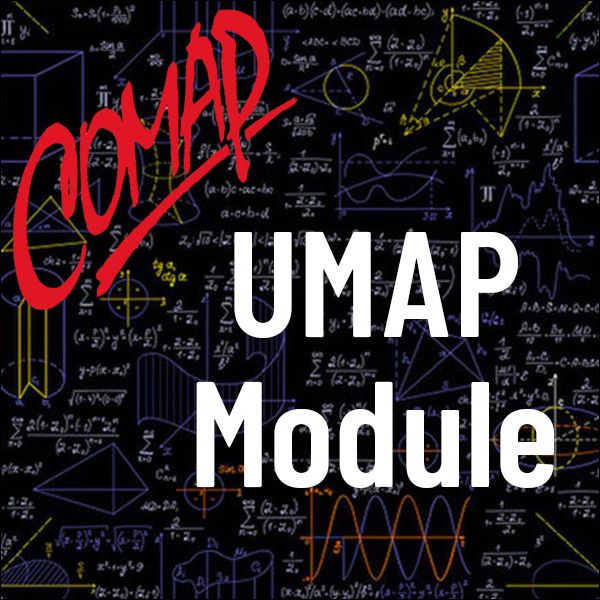Primitive Shift Registers (UMAP)
Author: Jo Ann Fellin, OSB
After presenting the basic mathematical concepts and the basic shift register components, the unit discusses the design of shift registers with feedback described by primitive polynomials. Primitive shift registers produce maximal length cycles and sequences that have broad applications in data communication and computer simulation. Several of these applications are treated briefly. Students generate binary sequences for experiments of change, secure data transmission, and multiple address coding, and encode and decode messages in Hamming codes.
Table of Contents:
1. INTRODUCTION
1.1 What Is a Primitve Shift Register?
1.2 But Why Study Primitive Shift Registers?
1.3 Summary of the Mathematical Concepts Used in Designing Primitve Shift Registers
2. SHIFT REGISTER DESIGN
2.1 Discussion of a D Flipflop
2.2 Shift Register as a Linkage of Flipflops
2.3 Shift Register Components
2.4 Return to Figure 1
3. DESIGN OF PRIMITIVE SHIFT REGISTERS
3.1 With No External Input or Output
3.2 With External Output
3.3 With External Input
4. APPLICATIONS OF PRIMITVE SHIFT REGISTERS
4.1 Generating Sequences for Computer Simulation
4.2 Generating Sequences for Secure Data Transmission
4.3 Generating Sequences for Multiple Address Coding
4.4 Encoding and Decoding Hamming Codes
4.5 Radar Range Measuring
5. SOLUTIONS TO EXERCISES
6. REFERENCES

Mathematics Topics:
Application Areas:
Prerequisites:
You must have a Full Membership to download this resource.
If you're already a member, login here.